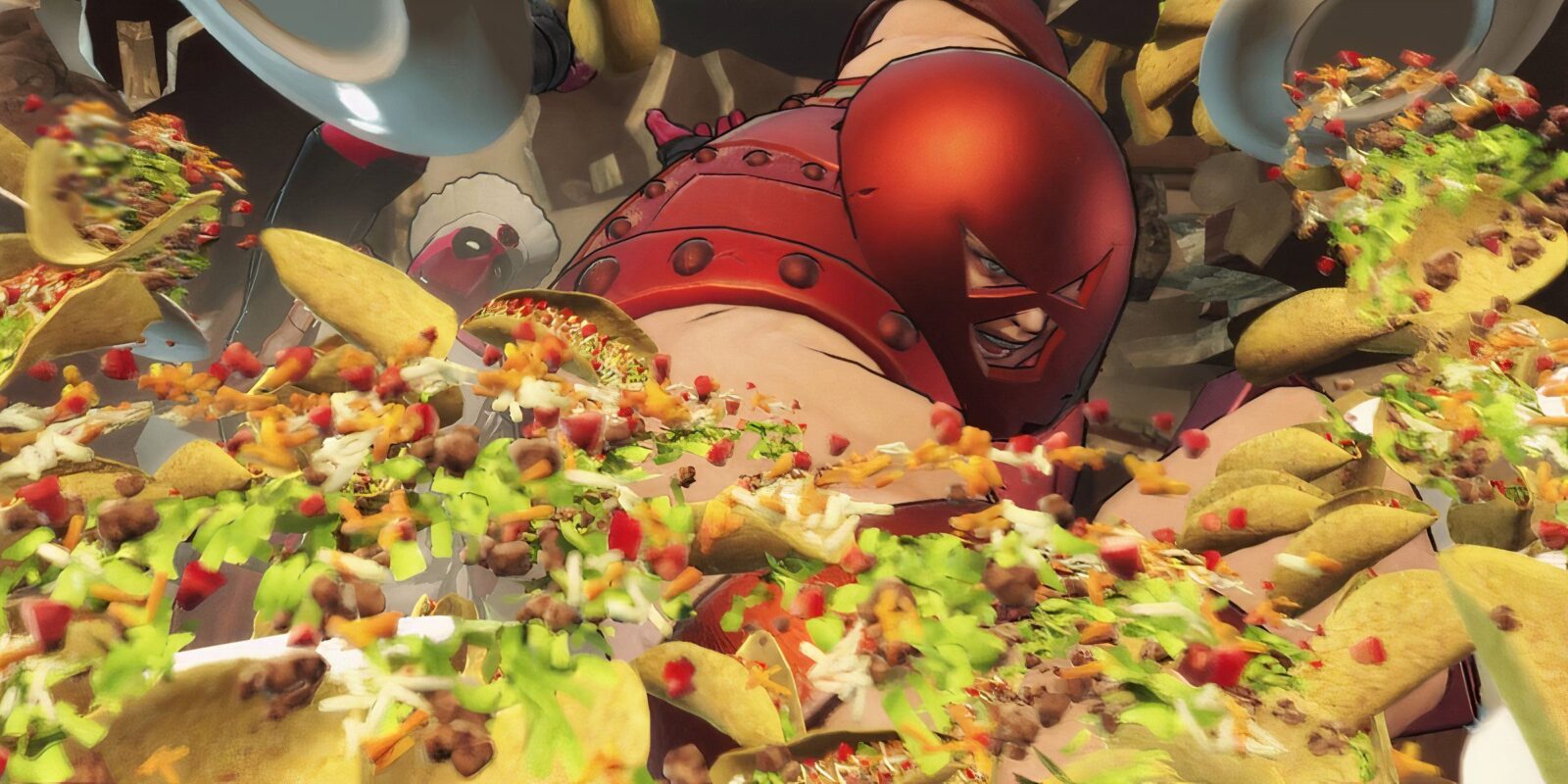Marvel Ultimate Alliance is a far cry from what it used to be. Marvel Ultimate Alliance 3: The Black Order may have a similar formula with various settings visited and their associable characters being recruited or fought, but its menus and insistence on ISO-8 farming unfortunately turn it into something the previous two Marvel Ultimate Alliance games were never mistaken for.
Each Marvel Ultimate Alliance game has had its own means of boosting stats and abilities—gear, medals, and ISO-8, respectively—and which ones are better or worse than another is going to be subjective as each installment is fairly different from one another anyway. That said, if a fourth Marvel Ultimate Alliance is ever in the cards it would need to learn from them all and decide what the best path forward for the franchise is.

Related
Marvel Ultimate Alliance Deserves a Civil War Sequel, But It Can’t Make the Same Mistake
The Marvel Ultimate Alliance franchise’s future is uncertain once more, but with any luck a modern entry will be able to correct its Civil War story.
Marvel Ultimate Alliance Has a Decent Foundation with Gear
Marvel Ultimate Alliance’s gear comes in the form of individual hero- and villain-related items assigning miscellaneous passives and buffs to the characters they are equipped on, with some gear that can only be equipped by a specific character. Each character could only have one piece of gear equipped, meaning players needed to constantly reconsider if a new piece of gear had a passive stat boost or buff that they’d prefer to have on any particular character, and with abundant gear pieces flooding players’ inventory often they were a decent source of SHIELD credits if deconstructed.
Apart from its overwhelming volume of items, gear is debatably the easiest stat-allotment system to wrap one’s head around and manage from the inventory menu while also being the most advantageous and meaningful in gameplay—Enchantress drops the Aura of Seduction gear granting a 5% chance of enemies becoming allies for 30 seconds on melee hits, which is wholly unique and worthwhile, for instance.
Marvel Ultimate Alliance 2 Needlessly Simplifies Gear into Medals
Marvel Ultimate Alliance 2’s medals subsume gear, offering similar passives and buffs, but they apply to every character and have to be equipped to slots that increase sequentially as players progress through the story. The sequel begins with only one medal slot available and the game ends with four; four medal categories are chosen from as well, with melee, power, defense, and specials to mix and match.
Only one special medal can be equipped at any given time as they’re a bit more unique and powerful, and eventually different grades of quality are introduced for each medal category: bronze, silver, and gold, with bronze and silver medals obviously becoming redundant compared to anything gold medals offer. Managing medals is easier than managing gear but, with only a total of four equipped, players lack the breadth of ability- and stat-boosting items that the first game boasted, and characters can feel less empowered or specialized as a result.
Marvel Ultimate Alliance 3: The Black Order’s ISO-8 is Highly Controversial
Marvel Ultimate Alliance 3: The Black Order’s ISO-8, the most contentious of the three stat-bearing RPG features, leans more toward gear than medals but is so jarring in its presentation and structuring of progression that it makes the whole game feel alien. Equipped to individual characters, ISO-8 comes in the form of color-coded crystals earned via various activities and Infinity Rift rewards.
Gear is never exceedingly fun to sift through in Marvel Ultimate Alliance, but The Black Order’s menuing and inventory management can be a huge chore with regard to its UX. ISO-8 also encourages farming/grinding that the previous Marvel Ultimate Alliance games never had, and the additional Infinity content players indulge in isn’t incredibly varied as far as offering mild twists on levels or stages from the campaign.
Of course, a lot if not all of this content is complementary; some players may like that Marvel Ultimate Alliance 3: The Black Order encourages more investment for leveling characters, especially with a far greater roster and multiple expansion packs, while others probably wish its systems were more akin to the first and second Marvel Ultimate Alliance titles.
There’s an argument to be made that the ISO-8 formula should be either reworked or discarded, and it’d probably be preferable if something closer to gear was considered for a fourth Marvel Ultimate Alliance game. Otherwise, a new entry may have success experimenting further with this system and exploring other options. It’d largely depend on what kind of game Marvel Ultimate Alliance 4 turns out to be, such as if it incentivizes grinding or simply immerses players in the rich Marvel atmosphere they inhabit with a focus on lore rather than leveling up.












Leave a Reply